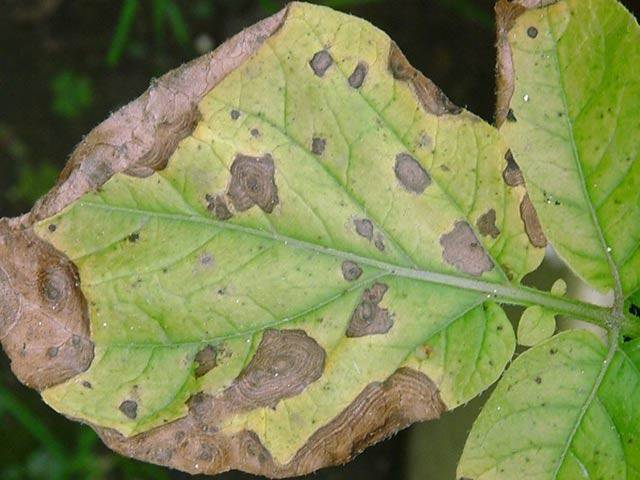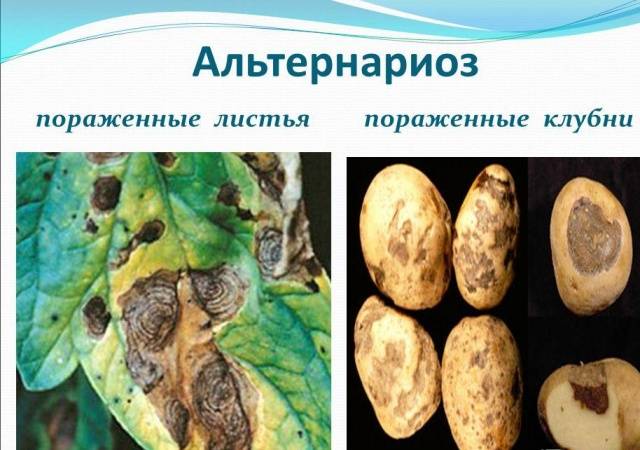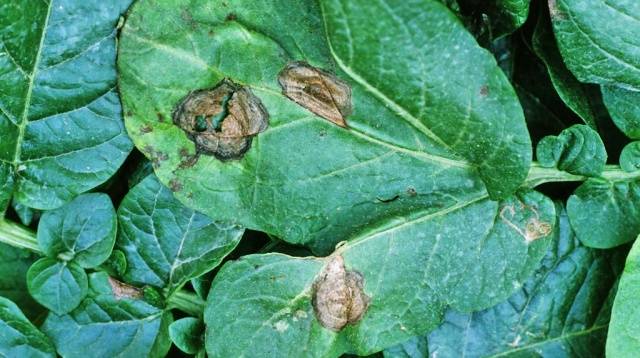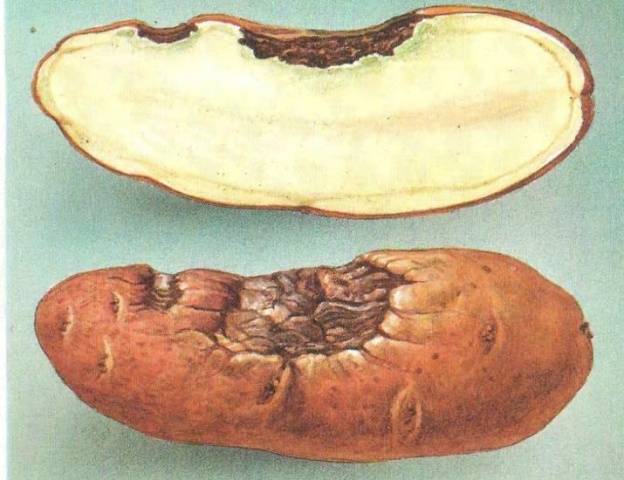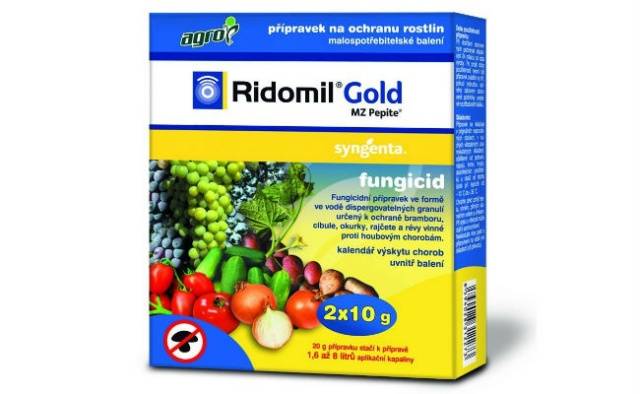Content
Potatoes are grown in every garden and suburban area. It is hard to imagine that there are no potatoes on the table. This vegetable contains a lot of vitamins, microelements that a person needs every day. And how many delicious dishes you can make from it! Moreover, tubers are used for the treatment of diseases, for the preparation of cosmetic preparations.
Growing potatoes is not particularly difficult. Any beginner can handle a vegetable garden. But diseases and pests overnight, they can deprive the crop. Among the common diseases, it is necessary to note the potato alternariosis. To get rid of the problem, you need to know about the features of this disease of nightshade crops. We will present you a photo, description, tell you about the methods of treatment and prevention of Alternaria disease.
General information
Mankind has been growing potatoes for a long time. The Russians owe the appearance of tasty tubers to Peter I. If agrotechnical rules are followed, you can get good yields. But this plant has its own diseases.
Potato Alternaria disease is often found in the gardens of Russians. The culprits of the problem are imperfect mushrooms - Alternaria alternata Keissler and Alternaria solani. Alternaria and late blight – potato diseases and his relatives - peppers and tomatoes. It is also called brown spot. Because of this disease, from which nightshade crops suffer, it is possible to miss more than 5% of the crop. In recent years, alternaria on potatoes has spread widely in the Baikal region and the Far Eastern region. Here, due to Alternaria disease, agricultural producers lose almost half of their crops.
The growing young shoots are first exposed to the disease of potato alternariosis. If you do not take emergency control measures, then spores can germinate on root crops.
Most often, early-ripening potato varieties suffer from Alternaria, but a vegetable with a medium and late ripening cycle suffers much less.
Why and how does Alternaria disease occur? The thing is that in recent years, mineral fertilizers are used less and less. There is a clear lack of calcium, nitrogen and an excess of phosphorus in the soil; plants are unable to resist disease due to a decrease in immunity. Where nitrogen-containing and potash mineral fertilizers are used, the damage to the bushes by Alternaria is minimal.
Description
The time of occurrence of potato disease Alternaria is the second half of June, when the first flowers appear on the plant. If the process is not stopped in time, it will hit the entire potato plantation by the end of summer and can easily switch to other nightshade crops.
The onset of Alternaria disease is not always possible to see immediately, since at first the focus of the disease is on young green shoots with succulent leaves. Small specks of brown can be found on them in a chaotic manner closer to the center. Their diameter is from 10 to 3.5 ml. With Alternaria, oval-angular spots form on the leaves of potatoes, concentric rings are visible in the figure, as in the photo below.
Gradually, these spots increase in size. Alternaria disease spreads to other leaves, shoots, and can affect tubers. The tissue in the affected area gradually dies off, a depression forms in it, which after a while turns into a hole.
Disputes of potato Alternaria, formed in the first focus of the disease, cause further development of the disease. Dried leaves with curled edges cease to participate in photosynthesis. They are brittle, lifeless. As a result, potatoes slow down their growth, which is the reason for a low yield. In addition, weakened plants can be attacked by other pests.
At temperatures from +25 to +27 degrees and low humidity, spores begin to multiply vigorously.
How Alternaria Migrates
Now let's figure out how the disease ends up in our gardens. Appearing in one place, potato alternaria can quickly turn from a focal disease into a massive one. The reason for the spread is simple. Spores are easily carried by the wind, with raindrops, and insects.
The Alternaria fungus multiplies several times during the summer season, so it is not so easy to stop the disease. In addition, mycelium and conidia overwinter well, tolerate low temperatures. Any plant remains are used for wintering. In addition, the disease of potato Alternaria affects not only the leaves and stems of plants, but also penetrates into the tubers and there calmly waits for spring.
Signs of tuber disease
The potato tuber (photo below) has clear signs of Alternaria.
Depressions are visible on the surface of the potato. They are irregular in shape and differ in color from the tuber. Large spots have wrinkles in a circle. If you cut a potato, then with the naked eye tissue necrosis is visible. It looks more like dry rot. The spot is dense, hard and dry, dark brown in color. Hence the name - brown spot.
If the potato alternariosis has infected the tubers in the soil, then the signs of the disease can be noticed immediately. But healthy potatoes affected by fungus, when harvesting or in contact with the ground, will be no different. The spots will appear in 2-3 weeks.
Treatment of potatoes from disease
It is necessary to treat plants with Alternaria disease at the first signs of an illness. Potatoes can be processed:
- 1% Bordeaux liquid. Spraying is carried out 4 times a day for a week.
Cooking Bordeaux liquid:
Copper chloride. Twice a day for a week. - Chemicals. Today there are a number of fungicides that can deal with Alternaria.
The drugs that are recommended for the treatment of potato alternaria are partially presented in the table.
| A drug | Mode of application |
|---|---|
| Alirin B | Before planting tubers. For spraying three times from the moment of germination. Repeat after 10 days. |
| Baktofit | Twice for spraying. |
| Acrobat MC | Spraying during the growing season up to three times. |
| Albite | Spray when bushes close. Twice a season. |
| Gamair | Treatment of tubers before planting and double spraying. |
| Vitaplan | Before planting for processing tubers and growth period. |
| Bravo | Three spraying after 7-10 days. |
| Integral, Ridomil Gold, Skor | Presowing treatment of tubers. |
The list of fungicidal drugs for the treatment of alternariosis potatoes can be continued. In specialized stores, sellers will tell you what other means you can use to defeat the mushroom pest, and, most importantly, what is available. The dosage and frequency of treatments are indicated in the instructions. Work is carried out in protective clothing in calm, windless weather.
Precautions
- Do not eat, drink or smoke during spraying.
- At the end of the work, you need to change clothes and wash with soap and water.
- The solution is diluted strictly according to the instructions.
- Use a sprayer with a long nozzle to treat plants.
- The sprayer must be rinsed with any detergent so that no fungicide residues remain in it. They can harm the plants if you do foliar feeding later.
The best way to fight disease is prevention
We have presented you with a photo description and treatment of potato alternaria. But experienced gardeners know very well that it is easier to prevent any plant disease than to fight it. If potatoes become infected, then you will have to spend not only financially. Imagine how much time and effort it will take to spray a potato field. It is good if several buckets of potatoes are planted. And if several sacks are planted on the plantation?
Over the years of growing potatoes, gardeners have developed preventive measures against potato alternaria. They are based on knowledge of agricultural technology. Let's get acquainted with the recommendations:
- Only healthy tubers are prepared for planting. If you purchased potatoes from another farm, check each tuber. The slightest suspicion of Alternaria disease, the planting material is rejected. Sprouting tubers and heating them allows you to identify signs of the disease.
- If possible, treat the seed with fungicides. There are varieties of potatoes that are resistant to Alternaria. These are Alena, Snow White, Lasunok, Resource, Temp and some others. Although no one gives a 100% guarantee that these varieties will not get sick.
- The use of crop rotation is an important point in the prevention of any diseases. The place for planting potatoes should be changed after 2-3 years.
- It is not recommended to leave on the field weeds, tops and tubers. They are subject to destruction. After all, it is in organic residues that a fungal disease can calmly overwinter.
- Before digging potatoes, many gardeners mow the tops. Thus, they prevent the penetration of Alternaria spores into the tubers. Moreover, the peel on the potato hardens better.
Conclusion
Fortunately, the disease is not common in all regions of Russia and the former republics of the USSR. Most often, outbreaks of potato alternaria, which reduce yields, are observed in Belarus, in the north of Ukraine, in the European regions of Russia, in the Baikal region and in the Far East.
Farmers need to be careful about planting potatoes in order to prevent the spread of Alternaria disease. And the best thing is to carry out prevention.
